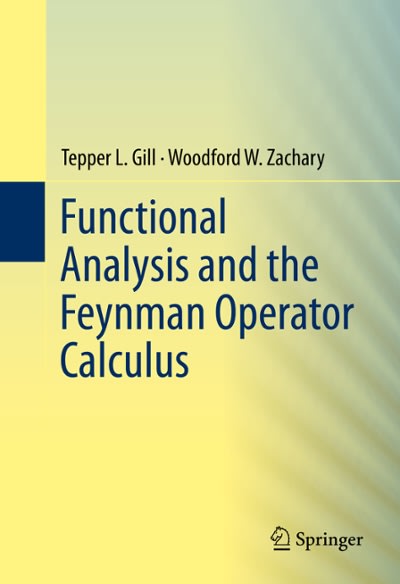Question
4. Eagle Energy is an upstream oil and gas company and has made a new crude oil discovery near a processing facility they own. Eagle

4. Eagle Energy is an upstream oil and gas company and has made a new crude oil discovery near a processing facility they own. Eagle needs to decide whether to develop the discovery and whether to enlarge their facility. Their alternatives are to do one of the following: 1. Do nothing, no development. No cost but no potential revenue above current operations. 2. Develop the field without enlarging their 20,000 barrel per day facility. 3. Develop the field and enlarge their facility to a total of 40,000 barrel per day capacity. 4. Develop the field and enlarge their facility to a total of 50,000 barrel per day capacity. The different design capacities have different capital costs (CAPEX), operating costs (OPEX), and construction schedules. The well costs are the same regardless of which development option is selected. Details are in the appendix to this exam. The information in the appendix is in the Eagle Oil.xlsx file so you do not need to retype anything that is in the appendix. Eagle Energy bases their decisions on NPV. You are only concerned about this decision - no need to worry about other Eagle projects or decisions. Tasks: 1. Open the Eagle Oil.xlsx file. Rename the file with your name in front, for example if your last name is Smith, rename it as "Smith Eagle Oil.xlsx." In the Eagle Oil.xlsx file a decision tree has been started on the Inputs worksheet. It is in or near cell A11. Complete the decision tree by adding these nodes: a. The facility size decision (links to dCapacityFacility). b. The year of first oil uncertainty (links to u1stOilYear). c. The oil production uncertainty (links to uProductionOIlPercentile). d. The oil price uncertainty (links to uOilPrice). Hint: Consider if the tree is symmetric or not. Do all the uncertainties apply to all the alternatives? Notes about building the tree: ? Link to the cell with the range name (they marked as yellow cells on the input worksheet). PrecisionTree will link to the cell address not the range name. For example, when you link an uncertainty node to u1stOilYear it will appear as C276 (or whatever the correct cell address is in your copy) not "u1stOilYear." ? When linking the uncertainty nodes to the spreadsheet, use these branch values: o P10 = 1 o P50 = 2 o P90 = 3 ? The facility decision uses 1 through 4 to indicate the four alternatives. ? These indicator variables are used in the spreadsheet to pull up the correct values for calculations. Inspect the spreadsheet to make sure you understand how this works. For example, the year of first oil should have three branches, one with value of 1, one with a value of 2, and one with a value of 3. These values are used by the spreadsheet to place the correct value in the blue cells on the input sheet. Those values are then used on the calculations worksheet. ? Use the Extended Swanson-Megill Method (ESM) for the probabilities for the decision tree uncertainties. (See Lectures 17.5 and 17.6 for details if needed.) ? Keep the start year (range name "YearStart") set to 2025. ? Keep the discount rate (range name "RateDiscount") at 15%. 2. Generate the cumulative risk profiles for the four development options. (17 points) a. What is the expected value of each alternative, and which is most attractive from an expected value perspective? (4 points) b. Discuss if any dominance among the alternatives is present and what it means? (6 points) c. What is the probability of having a negative NPV for each of the four alternatives? (4 points) d. The local government would like you to enlarge your facility to provide more local jobs and is willing to offer incentives such as tax refunds. In present value terms, what is the minimum amount they need to offer to make a larger facility (larger than your preferred alternative) attractive to you? (3 points) 3. On the dashboard in the Excel file note that the NPV and the investment efficiency are displayed (based on the settings on the input sheet). Answer these questions in general, not specifically for the Eagle Energy decision. (18 points) a. What does NPV tell you? When would it be an attractive as a decision criterion to a company? b. What does investment efficiency tell you? When would it be an attractive as a decision criterion to a company? c. What does cash sink tell you? When would it be an attractive as a decision criterion to a company? Save your work in the Eagle Oil.xlsx file by renaming it with your name in front, for example if your last name is Smith, as "Smith Eagle Oil.xlsx." In your Excel file show the decision tree from Task 1. Upload this file along with your answer sheet.


Step by Step Solution
There are 3 Steps involved in it
Step: 1

Get Instant Access to Expert-Tailored Solutions
See step-by-step solutions with expert insights and AI powered tools for academic success
Step: 2

Step: 3

Ace Your Homework with AI
Get the answers you need in no time with our AI-driven, step-by-step assistance
Get Started


